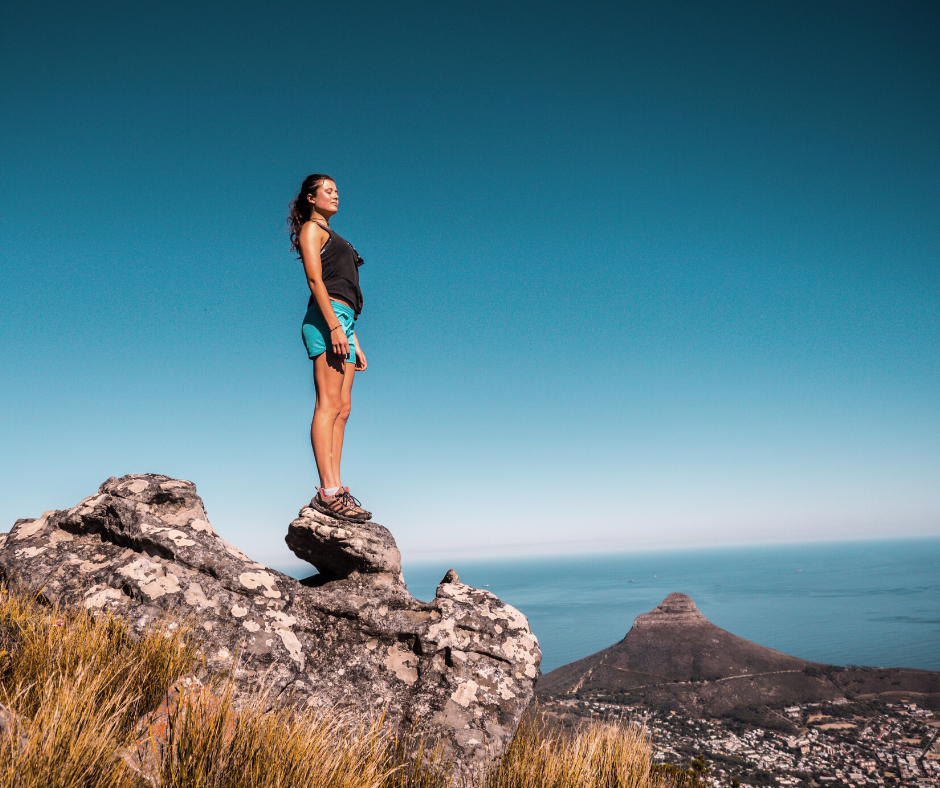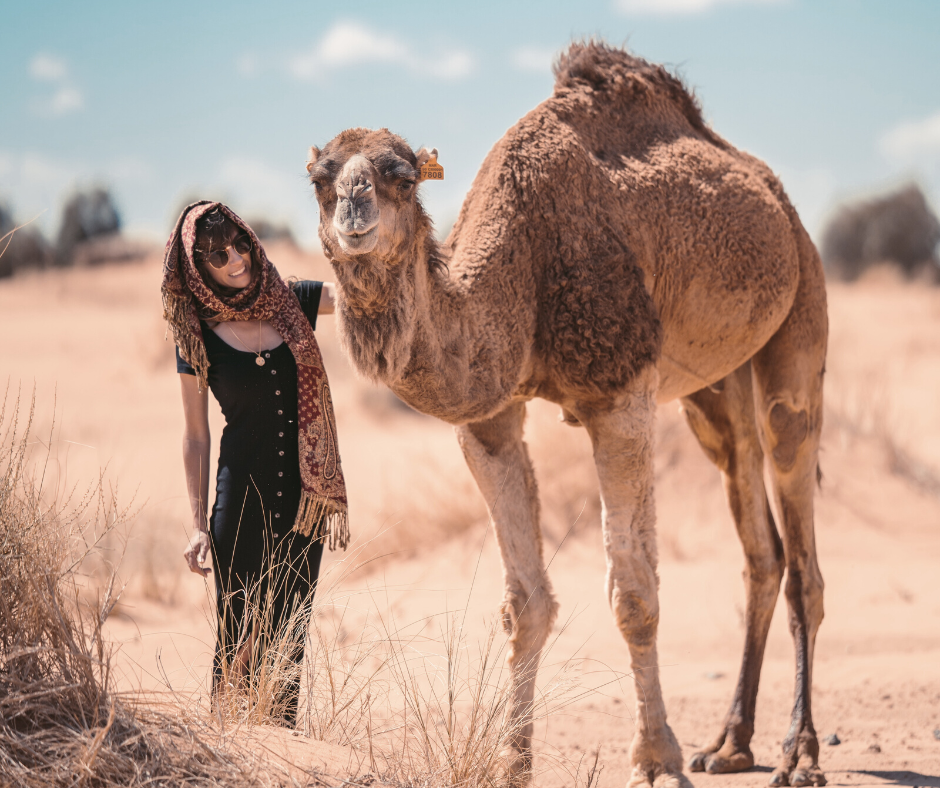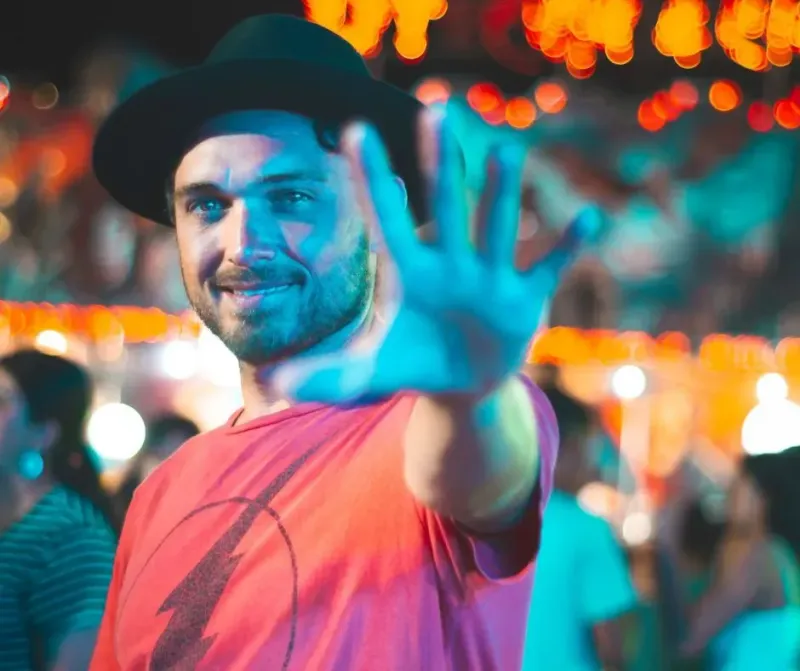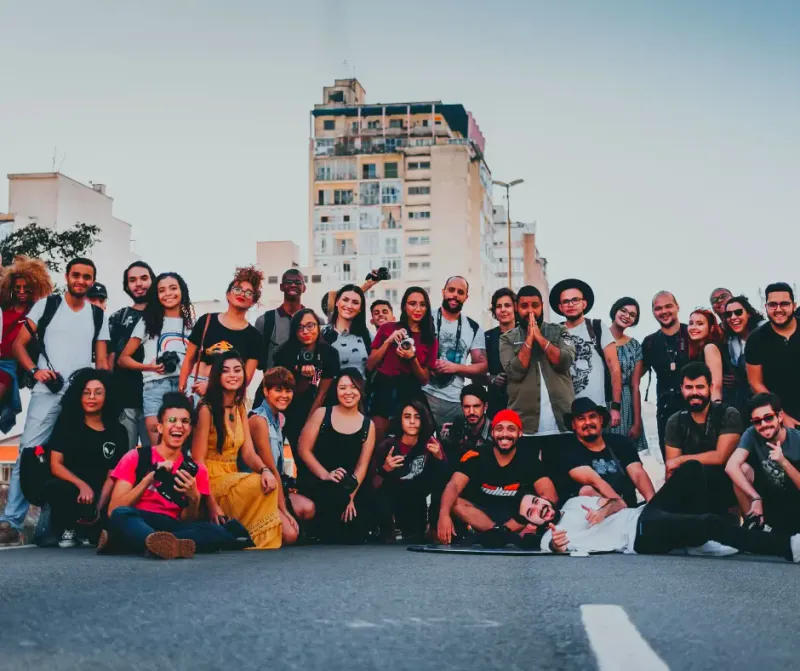Skiing in Morocco? Yes! The highest ski resort in Africa is Oukaïmeden, with an altitude between 2,500 and 3,200 meters, and offers ski slopes, rentals, and 6 lifts. Suppose you haven't thought of traveling to Morocco for skiing or snowboarding. In that case, there is much to explore: From busy markets, vintage shops, and narrow alleys in Marakesh and Fez to desert camping, camel safaris, and beach life.
🌱 Travel health insurance for Morocco
💡
Genki Traveler is a travel health insurance with worldwide cover. Monthly payment plans, and easy signup in less than 1 minute.
The table of content will be generated here
🇲🇦 Entry requirements for Morocco
- Visa: Valid Schengen visa. Passport holders from Schengen countries do not need a visa for Morocco. Others need a Schengen visa.
- Insurance: Travel health insurance that matches the Schengen requirements. Your insurance policy needs a minimum amount of 30,000 Euros of emergency cover.
- Covid test: All passengers aged 18 years or older need to bring a negative PCR-test result no longer taken than 72 hours prior to departure.
✈️ How to get to Morocco
- Plane: Morocco got more and more flight routes that link the country with the rest of the world. The most important airport is Mohammed V International Airport in Casablanca (CMN). Taxis, buses, and train shuttles bring you from the city to the airport and vice versa. You can also rent a car at the airport.
Another major airport in Morocco is Menara International Airport (RAK). Located just 6 km outside of Marrakech, the airport is easily accessible by taxi. The airport handles flights to destinations such as Brussels, Milan, London, Lyon, Geneva, and Paris to just name a few. You can take a domestic flight to Agadir, Al Massira Airport (AGA), Fes (FEZ), and Rabat (RBA), too. - Ferry: When coming from France, Spain, Italy, or Portugal, you can also take a ferry to Tangier, Agadir, or Casablanca.
🚌 Public transport
- Private taxi: In Morocco, you find 3 types of taxis, the private, the petite, and the grand taxi. A private taxi requires pre-booking. Usually, private taxis have fixed prices for stable routes, for example, airport transfers.
- Petite taxi: This is a shared taxi option where rides should cost somewhere between 5 and 15 MAD (0.48 and 1.43 Euro). You can always ask for a meter which is known as a "counter". It’s quite common that petit taxis stop for additional passengers en route. Depending on the city you are in, Moroccan petite taxis have different colors, from red petite taxis in Fez to blue petite taxis in Rabat and yellow petite taxis in Marrakech.
- Grand Taxis: These cars have space for 5 passengers but Moroccan law allows them to carry 6 passengers. The driver will most likely set the price before departing and doesn't use or have a taximeter. Normally the price is 5 MAD (0,48 Euro) per person.
- Bus: The local buses in bigger cities are old and usually packed with people, so most likely you’ll prefer to take a taxi or walk.
- Careem: Works like Uber and Grab and is available in many Arabic countries: Careem. You can order food, a ride with a bike, a ride with a car, or grocery or delivery.
🏡 How to find a place
Morocco can be everything from super affordable to pretty pricey. Depending on the area, you can rent a simple, small 2-bedroom house for around 700 Euro a month. More spacious riads might cost starting at 1,500 Euro per month.
- Facebook groups: There are several Facebook groups for bigger cities like Marrakech, e.g. Living in Morocco, Sell, Rent, Share Or Buy. If you have more time to search for a place or if you are on a budget, check out Facebook.
- Airbnb: When you plan to stay less than 1 month in one place, have a look at Airbnb. The average monthly rent is around 1,200 Euro in Marrakesh.
🏘 Where to stay in Marrakesh
- Semlalia: This safe, and calm neighborhood is only 10 minutes walking distance from Mohammed V Avenue, which makes it a perfectly quiet home next to a busy area. Many local Moroccan-style restaurants and cafés with terraces are located here. In Semlalia you can get delicious food for little money. Although this neighborhood is safe and beautiful, it is still pretty affordable. You can find 3-bedroom apartments for 750 Euro per month.
- Medina: Each year this Moroccan district attracts visitors and expats to dive into the Arabic culture. The old town district is known for its busy markets, charming cafés, and impressive mosques. Medina is a good neighborhood if you want to enjoy real Moroccan life. It is possible to rent a Moroccan riad, a traditional Moroccan house with an interior garden or courtyard. Prices for renting a 1-bedroom apartment start at 600 Euro per month.
- Gueliz: Living traditionally in Medina, you can stay very modern in Gueliz which is also called Ville Noevelle due to its modern designed buildings and shops. Street vendors and local retail face competition from Zara and H&M. If you are looking for a western-styled district this place should be the right one for you. Well-furnished and equipped 1-bedroom apartments start at 500 Euro per month.
🧑🏻💻 Where to work from in Marrakech
Coworking spaces
- L’Blassa: Centrally located with an international community, this coworking space could be a match. With its modern interior, a barista café machine, and reliable high-speed internet, you can be as productive as possible. Digital yogis find a place for practicing yoga and meditation.
- Goworking: Cozy coworking space with 24/7 access for members and high-speed wifi. Goworking is located in the center of Gueliz and is just a stone’s throw from cozy restaurants and peppy bars. The space offers private and open offices, meeting rooms, recreation areas, and a cafeteria.
Coffee shops
- Cactus café: No matter which fresh kick you prefer, you can get it here. Besides juices and smoothies, the café serves tasty crepes and omelets. The tables are comfortable to work on and the wifi is stable.
- 16Cafe: Reliable fast internet with tables big enough for working and power plugs inside. It might get a bit louder and busy during lunchtime.
🏘 Where to stay in Taghazout
- SunDesk: SunDesk is a coworking and coliving community attracting international nomads for a couple of years already. The main house offers fully equipped apartments as well as a shared washing machine. The second house of SunDesk provides private bedrooms with shared bathrooms.
- Adventurekeys: This coliving community offers all-in-one. Coworking, accommodation, and a surf school. You can choose between private rooms and suits or dorms. Prices start from 1,100 Euro per month for the full accommodation and coworking package.
🧑🏻💻 Where to work from in Taghazout
Coworking spaces
- SunDesk: SunDesk is located in the sunny surf village of Taghazout. Within a community of like-minded people, you can enjoy ocean views from all desks and continue working outdoors on their spacious terrace. SunDesk provides all amenities a coworking space needs including ergonomic workplaces, consistent fiber internet connection, and 24/7 access.
- Adventurekeys: When you are into surfing, you can easily meet new surf buddies during your stay. Adventurekeys offers all-inclusive packages with surfing school, accommodation, and coworking. The workspace provides private and shared workspace, meeting rooms, high-speed internet, and a bright, airy space.
Coffee shops in Taghazout
- World of Waves: Next to their surf school, World of Waves welcomes you on their seaside terrace enjoying fresh seafood, a Moroccan tagine, and drinks. The restaurant makes a nice work spot for a few hours.
🚊 How to travel around Morocco
- Train: The country offers a good railway network, connecting major cities. Trains are comfortable, fairly fast, and often reliable. Most trains run every 2 hours between the main cities of Morocco and prices are reasonably cheap.
- Bus: Travelling around Morocco by bus is only marginally cheaper than using a shared grand taxi. Note that the rate of accidents involving night buses is quite high, especially on busy routes. Reliable bus operators are the national company CTM or Supratours. Buses have wifi and plugs on board.
- Car: Car rental in Morocco starts at around 2,000 MAD (190 Euro) per week for a basic car with unlimited mileage and insurance cover. Surely you have more flexibility with renting a car but chartering a grand taxi and agreeing on a daily rate will not cost that much more. Driving in Morocco means driving on the right side of the road.
🎖Must see
- Marrakesh: Visit the Medina quarter with the busy Djemma el-fnaa square, a place filled with local vendors, jugglers, snake charmers, and fruit and souvenir sellers. Walk through the souks, a traditional market complex where you can find fresh produce, leather goods, handcrafts, art, and antiques. Train your haggling skills when visiting the souks as this tradition is very much alive here. The old town of Marrakesh, the Medina Quarter, is surrounded by a giant city wall of 19 km in length and is home to some beautiful gardens worth visiting. For the botanist inside of you, visit the Menara Garden and the Agdal Garden.
- Les Cascades de Setti Fatma: A great day trip from Marakesh are the waterfalls of Setti Fatma which belong to the Ourika valley, 30 km southeast of Marrakesh. The first smaller waterfalls are reached within 20 minutes of walking distance from the village of Setti Fatma. When you go further to the main waterfall, you see an impressive drop of 25-3o meters. The entrance is free.
- Cascades d’Ouzoud: These waterfalls are the highest and most water-rich falls in Morocco and an impressive spot to explore. Located 150 km outside of Marrakesh, start the trip latest in the early morning and calculate a 2.5 hrs car ride. Due to its popularity, it's not necessary to book a guide for this trip as you can easily visit the falls on your own. The entrance is free.
- Ksar of Ait-Ben-Haddou: Around 200 km outside of Marrakesh, and a 3 hours drive, you can reach the UNESCO World Heritage site of Ksar of Ait-Ben-Haddou. A ksar is a group of earthen buildings surrounded by high walls and it is traditional south-Moroccan architecture dating back to the 17th century. Once a kingdom, today a film set for productions like Game of Thrones and The Gladiator, this site includes a museum and a few vendors. The entrance to the site is free.
- Blue alleys of Chefchaouen: Chefchaouen is a 1-hour drive south of Tetouan, close to the street of Gibraltar. It is 197 kilometers northwest of Fes and 112 kilometers southeast of Tangier. From Marrakesh, you might want to take a plane to Tetouan. When traveling overland coming from the south, it is a great stop to explore the northern countryside. Besides the blue streets of the town, Chefchaouen is known for its hiking trails, cultural heritage, and local cuisine. The houses of the city are painted in different shades of blue which gives Chefchaouen a magical atmosphere.
- Sand dunes: From Marrakech, the closest sand dunes, called Erg Chegaga, are around 520 km southeast of the city and it takes around 12 hours drive to reach them. You can spend the night in the dunes in a desert camp, trek the dunes accompanied by camels, surf the dunes, and ride quat. From Taghazout, you can drive 2 hours north, then pass the village of Tamir and reach the sand dunes of Taboga.
- Fez: A 3-hour drive or a short flight from Marrakesh or Taghazout, and you are in Fez, which is located in the northern inland. Fez alone offers hundreds of sites to see. Visit the UNESCO World Heritage site of the Fez Medina (old town) with its labyrinth of more than 9,000 small alleys. Fez' medina is considered one of the most extensive and best-conserved historic towns in the Arab-Muslim world. Have a look at the minaret of the Bou Inania Madrasa through the horseshoe arch of Fez el Bali's great western gateway. Fez is known for its leather tanneries, and you can find many leather shops in town.
💡Good to know
- Internet: The median internet speed for fixed broadband is about 30.07 Mbps download and 10.21 Mbps upload speed.
- Sim Card: The main telecom operator of Morocco is Maroc Telecom with the best coverage throughout the country. Costs for a sim card will be around 30 MAD (2.90 Euro). Buy your sim card from an official agency and fill out the registration form instead of buying your sim card from a street vendor.
- Cost of living: A single Moroccan person has monthly costs of 380 Euro (3,928 MAD) without rent. The cost of living in Morocco is on average 58 % lower, and rent is on average 84,53% lower than in the United States. For nomads, renting a place for around 800 to 1,100 Euro, the cost of living will be around 1,200 to 1,500 Euro without high expenses on safaris or shopping.
- Djellaba: The Djellaba is the traditional, long, loose-fitting robe with full sleeves that is worn most of the time when it is getting colder. This traditional clothing can be worn by men and women.
- Currency: The official currency of Morocco is the Moroccan Dirham (MAD). 1 Euro converts to 10.43 MAD.
- Climate: Morocco has a Mediterranean climate, with mild, wet winters and hot, dry summers. The rainy season is from November to March. The most popular season for visitors is spring and autumn when the temperatures are pleasant. Winters can be cold in Morocco with temperatures below 15 degrees Celsius.
- Crime: Most reported crimes are aggressive panhandling, pickpocketing, or theft from occupied vehicles stopped in traffic. Also, harassment of women has been a reported crime. When traveling alone, avoid lonely alleys, and neighborhoods, take a taxi home, and avoid eye contact with men, especially in the dark.
- Mint tea: The so beloved refreshing drink is also called “Berber whiskey” and it is the national drink of Morocco. It is a tradition that the higher the host pours the tea inside the cup, the more important he considers the guest.
- Ramadan: Morrocco is an Islamic country so most locals will follow Ramadan, a holy month of daytime fasting. When traveling during Ramadan you’ll find locals more subdued and streets quiet during the daytime when folks are fasting. Try to avoid drinking, smoking or scoffing down street food in public during the daytime.
🚧 What to avoid
- Inappropriate clothing: Keep it in mind, that Morocco is a Muslim country with traditional customs, including clothing, especially when entering a religious site.
- Winter clothing: Depending on the time of the year, Morocco can be cold in winter (15 degrees Celsius and lower) and neither houses nor hotels are insulated or heated. When traveling during Moroccan winter (October to March) make sure to bring a good sleeping bag and warm clothes.
- Drones: The Moroccan government enforced a strict “no drones allowed” policy. If you bring one, you’ll be forced to leave it at the airport until you depart.
- Walking around at night: Again, we don’t recommend you walk around in empty streets after midnight.
- Scam: Avoid people offering to show you the right way, a shortcut, or similar offers as they are often professional scammers.
- Solo traveling women: Of course, we do not say to avoid Morocco as a solo female traveler. However, please be aware. In certain areas of cities and rural areas, women are particularly vulnerable to being assaulted by men. It is recommended to travel in groups, take taxis, and avoid walking alone in the dark.
🚴🏻♀️ How to stay healthy
Stay active
- Cuisine: Moroccan dishes are tasteful, fresh, and healthy. Fruits and veggies are super fresh and tasty and a healthy alternative during hot summer days. You can find many vegetarian and vegan dishes too.
- Traditional spa break: Treat yourself to a Hammam, which played an important role in ancient times. Most homes didn't have bathrooms back then. Today, you find traditional hammams with their distinctive architecture in the old towns of Fez and Marrakesh. Traditionally designed for men, hammams today attract women as well. However, the space is separated by gender and there is no mixed hammam.
- Windsurfing: The long Atlantic coast with its reliable winds makes Morocco a popular windsurfing destination. There is a big windsurfing community in Agadir, Taghazout, Essaouira, Moulay Bouzerkton, and Sidi Kaouki.
- Mountain bike: Another great outdoor activity is mountain biking. Around 50 km south of Marrakesh you find the Sharp Rock trail, a moderate single track of 9.8 km distance.
Health risks
- Water quality: you can drink tap water in Morocco but we suggest you drink bottled water
- Air quality: The air quality in Morocco is moderate.
🥰
Experiences to share or questions to ask about Morocco?
🦁
Where to travel next? Countries close to Morocco.
Egypt for nomads
Egypt is a historical jewel, both on land and underwater. The former kingdom of the pharaohs is bordered by the Gaza Strip to the northeast, the Red Sea to the east, Sudan to the south, and Lybia to the west. Besides its rich history and cultural diversity, Egypt is a
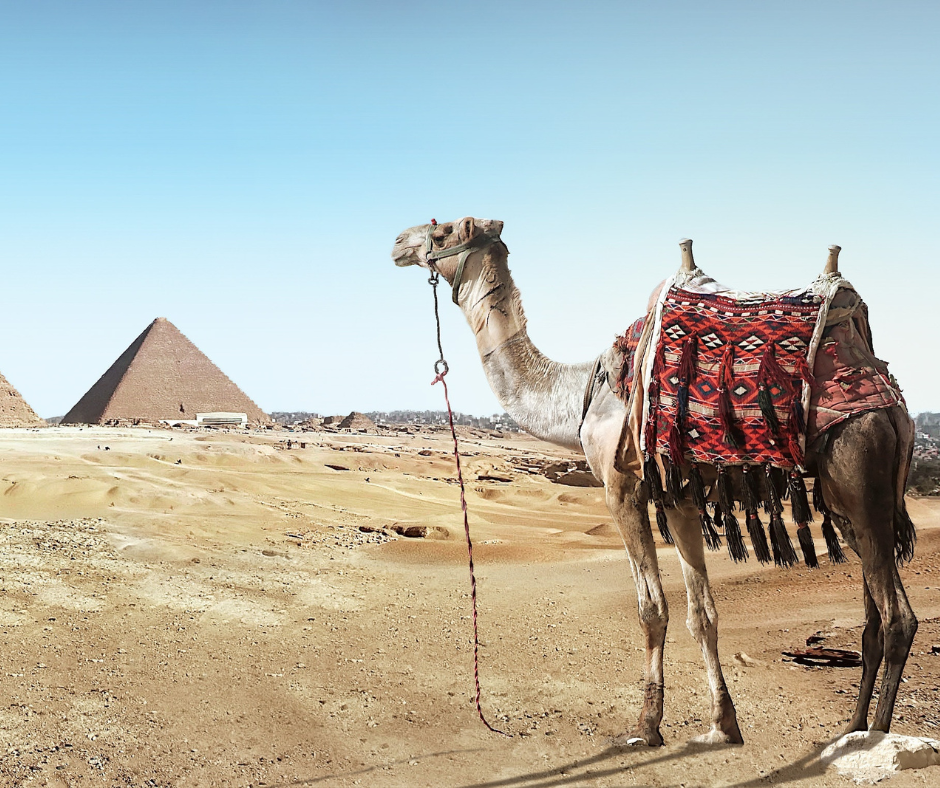
Portugal for nomads
Last updated 2022, November 28th: Portugal has played the underdog role for many years, traded as a hidden gem but never really experienced real hype compared to its famous neighbor Spain. While France and Spain welcomed nearly 90 million and 84 million international tourist arrivals in 2019, Portug…
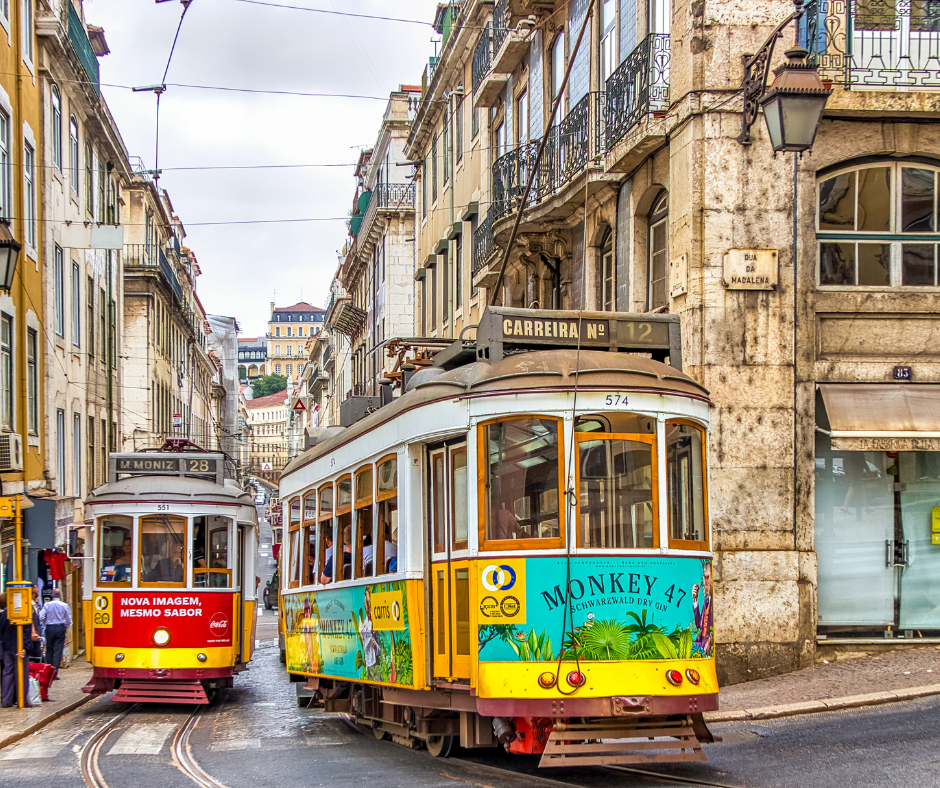
Spain for nomads
Last updated 2022, May 27th: There are many reasons why Spain is an amazing country: Colorful festivals, blue flag beaches, a vibrant nightlife, and world-renowned cuisine, which is more than tapas. Famous holiday destinations in Spain include Barcelona and Sevilla, the canary islands, or popular b…
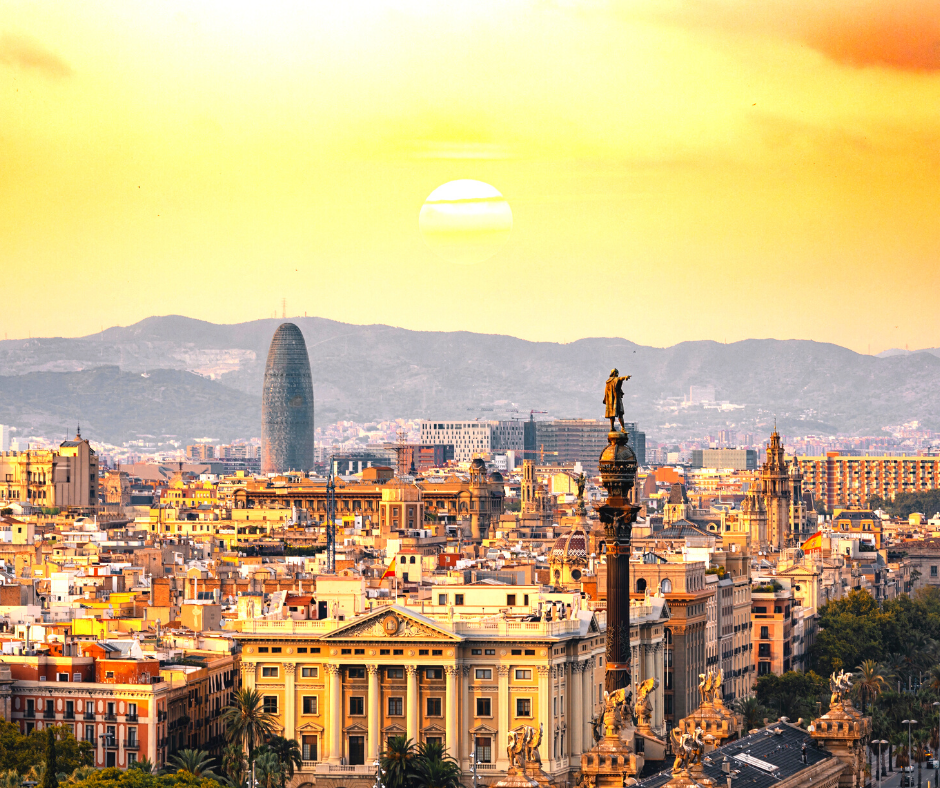
South Africa for nomads
From hip city life in Cape Town to the endless expanses of the South African savannas, the southernmost part of Africa offers plenty of adventures. The country has more than 290 conservation parks and is home to almost 300 mammal species, about 860 bird species, and 8,000 plant species.
